How To Photograph Hippos

Common Hippo fighting on the banks of The Chobe River in Botswana © William Steel
Quick links
The art of photographing hippos • General things to keep in mind • Photographic techniques
Tips and tricks • Lighting techniques • Behaviour and best practices • Where to photograph hippos
Expert Tips and a Comprehensive Guide to Capturing Stunning Photographs of Hippos
Did you know that Africa is home to two unique species of hippos? The first and most well-known is the common hippo, also known as the large hippo or “river horse.” They can be found in East Africa and inhabit areas south of the Sahara.
The second species is the pygmy hippopotamus, which is much smaller and limited to specific regions in West Africa. Sadly, this shy and solitary forest dweller is currently facing the threat of endangerment. However, in this blog, we’ll be focusing on how to photograph common hippos – so let’s dive in!

Hippos are the third largest living land mammals – incredible to see both on land and in the water © Sabine Stols
Experience the thrill of capturing stunning images of one of nature’s most fascinating creatures, the hippopotamus. With their unique behaviours and natural habitats, these majestic animals provide a never-ending source of inspiration for photographers. Join us on a journey into the world of hippopotamus photography, where Pangolin Photo host Sabine Stols shares valuable insights and tips on how to capture the perfect shot.
Prepare to be amazed as we reveal the secrets to capturing the true essence of hippos through the lens. Get ready to elevate your wildlife photography skills to new heights!

A favourite image to capture by guests is hippos yawning in the river © Charl Stols
When it comes to photographing hippos, taking a photo from a boat provides a significant advantage compared to photographing them from a vehicle. Destinations like the Chobe River and St. Lucia offer fantastic opportunities for photographers to capture stunning images of hippos in their natural habitat. Being at eye level with these magnificent creatures gives photographers a much better chance to capture truly remarkable photos.
However, it is crucial to prioritise safety and respect for the animals. Maintaining a safe distance and avoiding any disturbance is of utmost importance, as hippos can be quite aggressive when their territory is encroached upon.
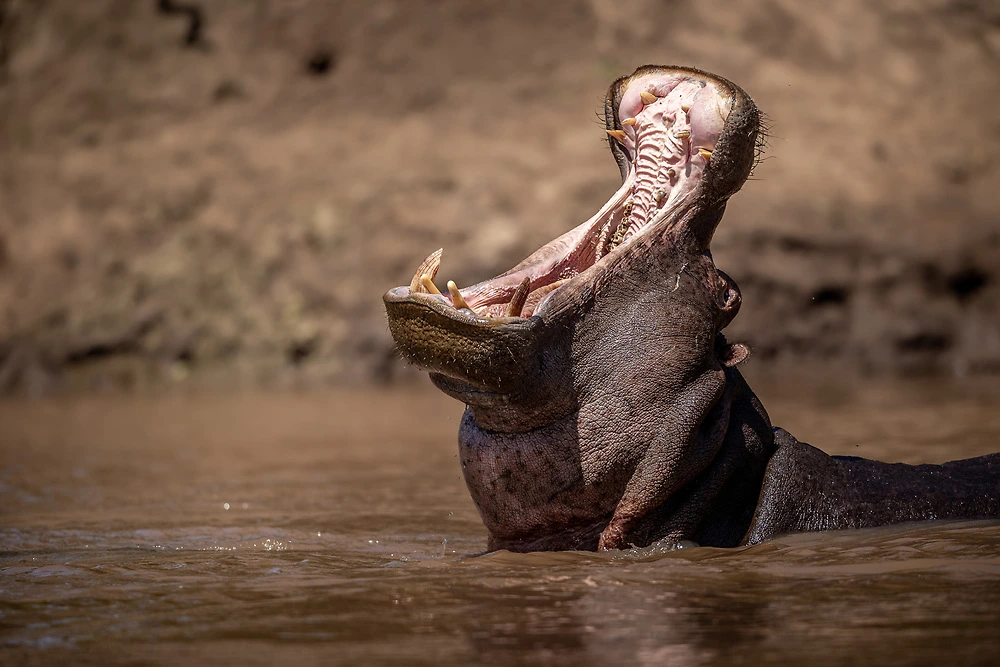
An iconic image of a common hippo yawning in Kenya © Charl Stols
Remembering this simple tip allows photographers to capture stunning images while also promoting the safety and well-being of these extraordinary animals.
Can hippos be effectively captured using different photographic techniques and styles, or do they lend themselves better to certain styles?
When photographing hippos from a boat, it is essential to remember the flexibility of their movements and the ability to capture them from various angles. This opens up a wide range of techniques that can be employed to showcase the unique beauty of these creatures. Whether it’s high-key, low-key, rim lighting, or capturing stunning silhouettes, hippos offer endless possibilities for creative expression.

Silhouette photography of a hippo on the banks of the Chobe River. © Charl Stols
Personally, I find high-key photography particularly captivating, as it highlights the intricate texture of their skin. Speaking of silhouettes, if you’re fortunate enough to witness a hippo yawning with only the water as the backdrop, it creates an iconic and timeless image that truly captures the essence of these remarkable animals. So, be prepared to experiment with different techniques and seize the opportunity to showcase the captivating allure of hippos through your lens.

Two common hippos in the Chobe River in Botswana © Sabine Stols
I have discovered that capturing photos of hippos as they rest in wet mud presents a captivating opportunity. The interaction between the animal and the mud creates a unique texture that adds depth and intrigue to the image. As the hippo emerges from the mud and it begins to dry, the resulting texture becomes even more fascinating.

Hippopotamuses in the Chobe © Charl Stols
In some instances, the hippo may be partially covered in mud while the other half remains clean, adding an extra layer of interest to the photograph. So, keep an eye out for these moments, as they offer a visually compelling and captivating subject for your photography.
As you may have noticed, hippos have large heads! That makes them particularly well-suited for high-key photography. When photographing them in water, strategically positioning them against the light can result in the water surrounding them appearing completely white, accentuating the remarkable texture of their bodies. Alternatively, during the early mornings in the Chobe, seeking out hippos near the riverbank, where the hill casts a shadow into the water, presents an excellent opportunity for low-key photography.

Capturing hippos at eye level on a Pangolin Photo Safari Boat © Charl Stols
By capturing them against the light, you can achieve stunning low-key rim lighting shots, with the sun illuminating their ears and the contours of their heads. And if you’re fortunate and have impeccable timing, taking a photo at the moment when water sprays out of their nostrils upon surfacing adds an extra touch of excitement to your images. These techniques never fail to impress our guests, who thoroughly enjoy the resulting visually striking and unique photographs.

An adult hippo with its calf © Janine Krayer
Can you tell us more about hippopotamus behaviour and the best practices for capturing it through photography?
Hippos exhibit varying levels of activity throughout the day, with their peak periods occurring during the night and late afternoon. In the early morning, they remain somewhat active, but by the later morning, they become increasingly lazy and inclined to rest. Understanding their activity patterns is crucial for successful hippo photography. Therefore, it is advisable to aim for early morning or late afternoon sessions when they are engaged in more dynamic behaviours instead of simply floating idly in the water.

A hippo swimming in the Chobe River © Janine Krayer
It’s important to be aware of certain behavioural cues that hippos display. For instance, when a hippo wags its tail, it indicates that it is emptying its bowels and may soon follow with a big yawn.
This presents an excellent opportunity to capture a compelling photograph. Recognising this behaviour allows you to anticipate and capture these moments effectively. If you’re on a boat and spot hippos on land moving towards the water, it’s usually a sign that they don’t want you to come any closer. Watch out for defensive behaviours such as yawning, running, or splashing into the water to keep you at bay.

Slow shutter speed of a hippo running in the Chobe © Sabine Stols
Hippos are known to frequently interact with other animals, especially birds. Observers may note oxpeckers and egrets perched on hippos, removing worms or insects from their bodies, including their tails. These interactions may even involve egrets surfing on top of hippos in the water, resulting in visually captivating images. Take advantage of these opportunities to capture unique and intriguing photographs.

Interaction between a hippo and oxpecker © William Steel
Additionally, capturing images of hippos running or adorable hippo calves can result in delightful photographs. The interaction between a hippo mother and her baby, as well as young hippos playfully engaging with each other in the water, can be particularly endearing and worth documenting. By being aware of these various behaviours and moments, you can enhance your ability to capture captivating and memorable images of hippos.
You recently took an image of two hippos fighting. Can you tell us why this is such a fascinating photo?
During a recent trip, I had the incredible fortune of witnessing and capturing a remarkable event on camera. It was a clash between two male hippos, a spectacle that unfolded with intense determination and ferocity.
Typically, these encounters are brief, with one hippo quickly bowing out. However, this time, both hippos were equally tenacious and battled it out for an extended period.

Iconic image of two hippos fighting © Sabine Stols
It was a captivating scene that could easily hold one’s attention for hours. The powerful jaws of these magnificent creatures emerged from the water repeatedly, offering numerous opportunities to capture the dynamic action and the mesmerising splashes of water.
To freeze these fleeting moments, I ensured my camera settings included a fast shutter speed, allowing me to preserve the raw energy and excitement of the encounter. I consider myself extremely lucky to have observed such a captivating display and even more so to have captured it beautifully through my lens.
Hippos are a favourite subject of many photographers, but there are a few ways to make your shots stand out. Instead of capturing them in a typical setting, try photographing them from a photographic boat on the Chobe River in Botswana or during a helicopter flight in the Okavango Delta. These unconventional approaches are sure to produce captivating results.

A hippo pool during a photographic helicopter flight in the Okavango Delta © Charl Stols
Located in Kwa-Zulu Natal, South Africa, St. Lucia boasts a thriving hippo population of approximately 800, making it an ideal destination for encountering these magnificent creatures. Whether they are found in the water or on land, the chances of capturing remarkable photographs are abundant.
For those seeking to photograph pygmy hippos, a visit to the Gola Forest is a must. Situated across Liberia and Sierra Leone, this forest is the sole remaining natural habitat for pygmy hippos in the world. These elusive creatures are strictly nocturnal, meaning they can only be observed and photographed during the nighttime hours.
In addition to St. Lucia and the Gola Forest, there are other exceptional destinations renowned for their opportunities to photograph hippos. The Kenyan wetlands, Kruger National Park in South Africa, the Okavango Delta in Botswana, and the Chobe River in Botswana all offer incredible settings to capture stunning images of these animals.
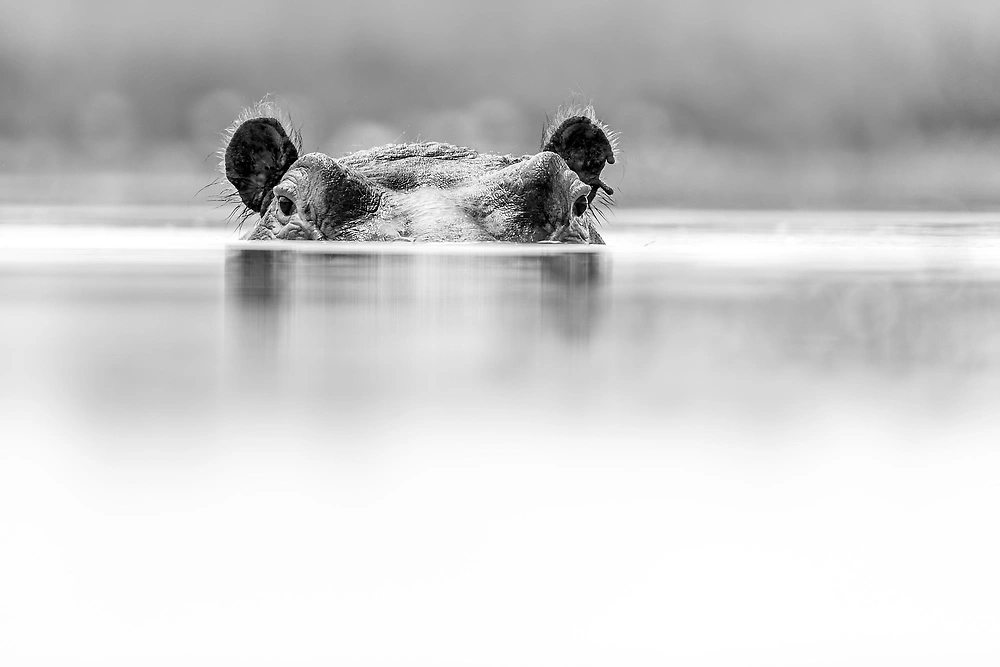
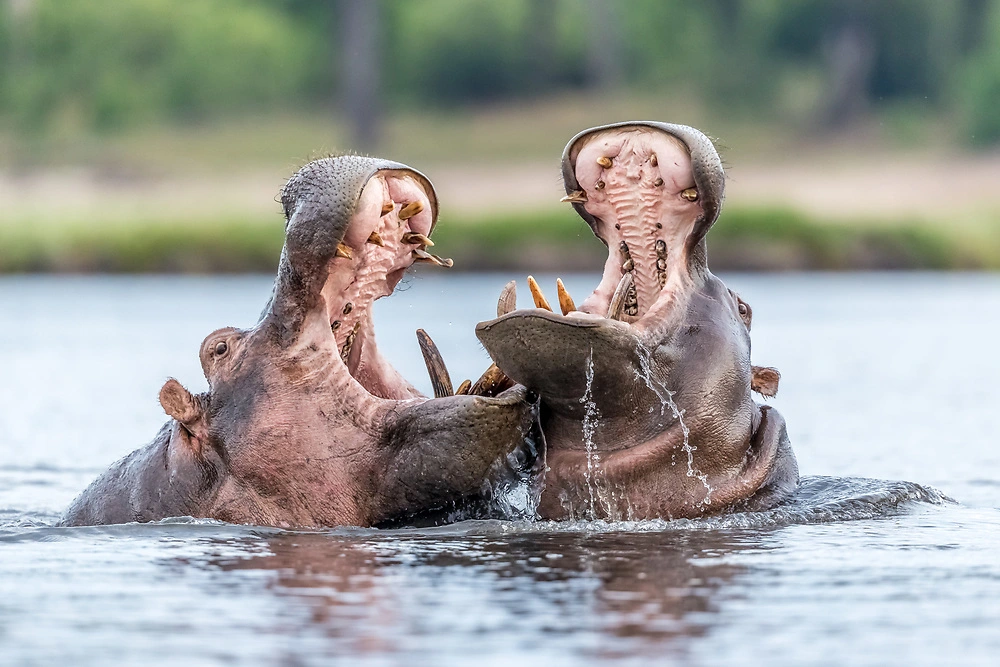
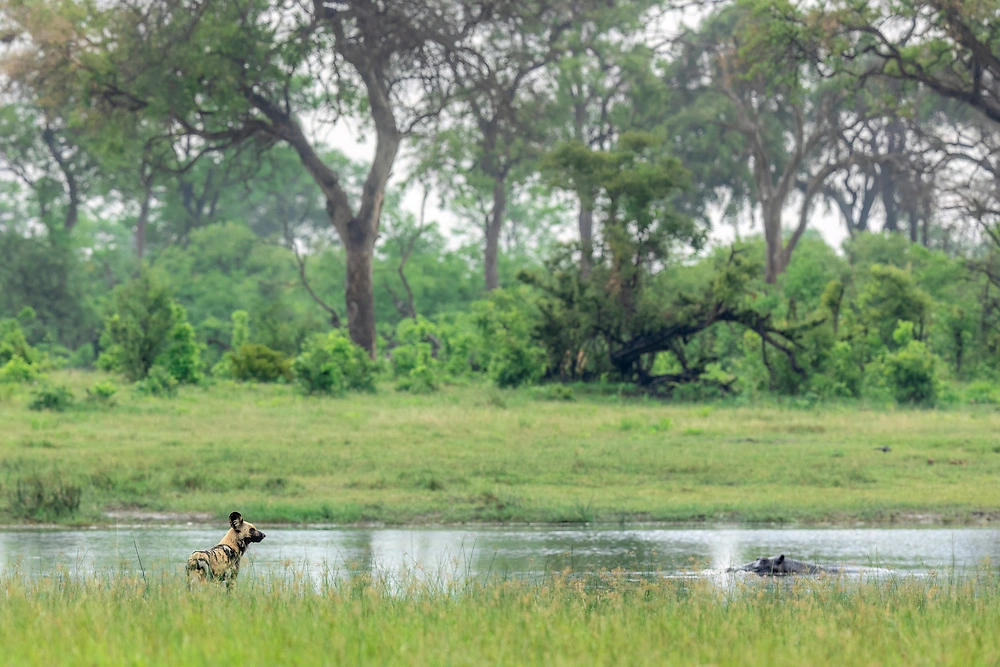
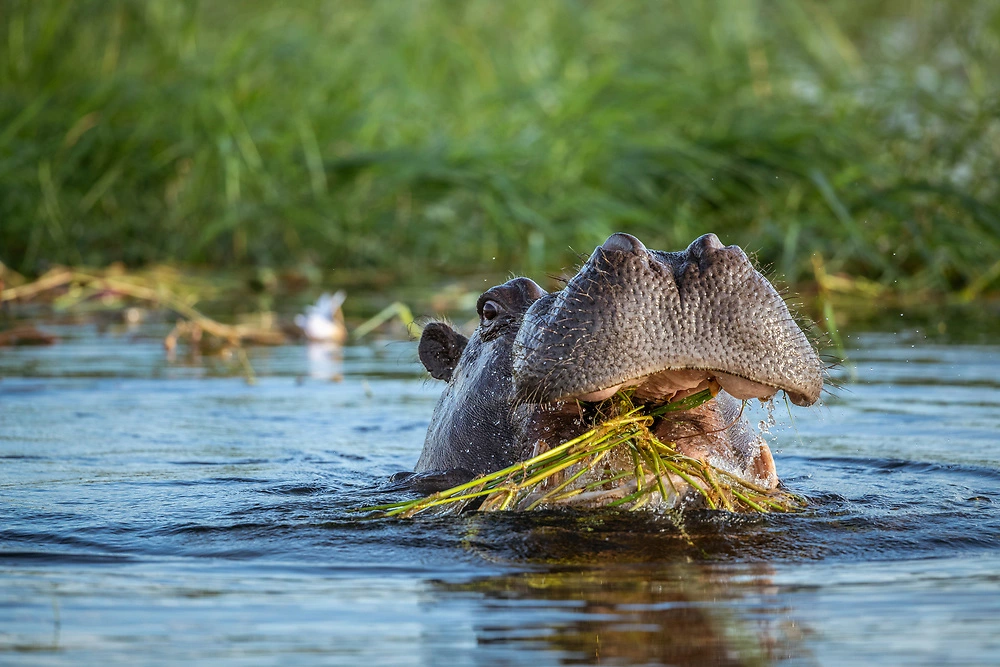
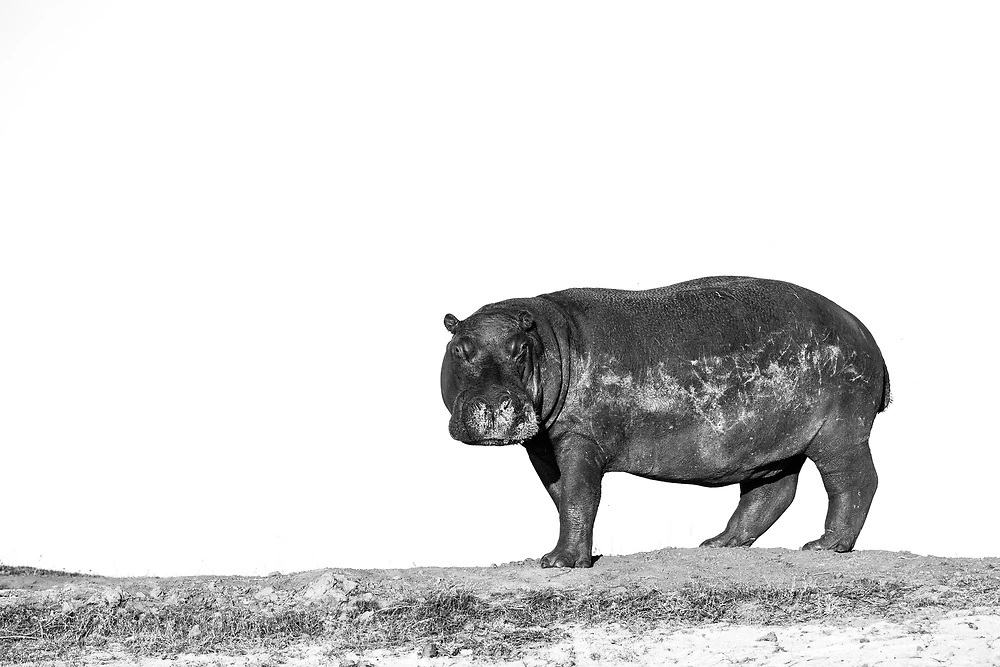
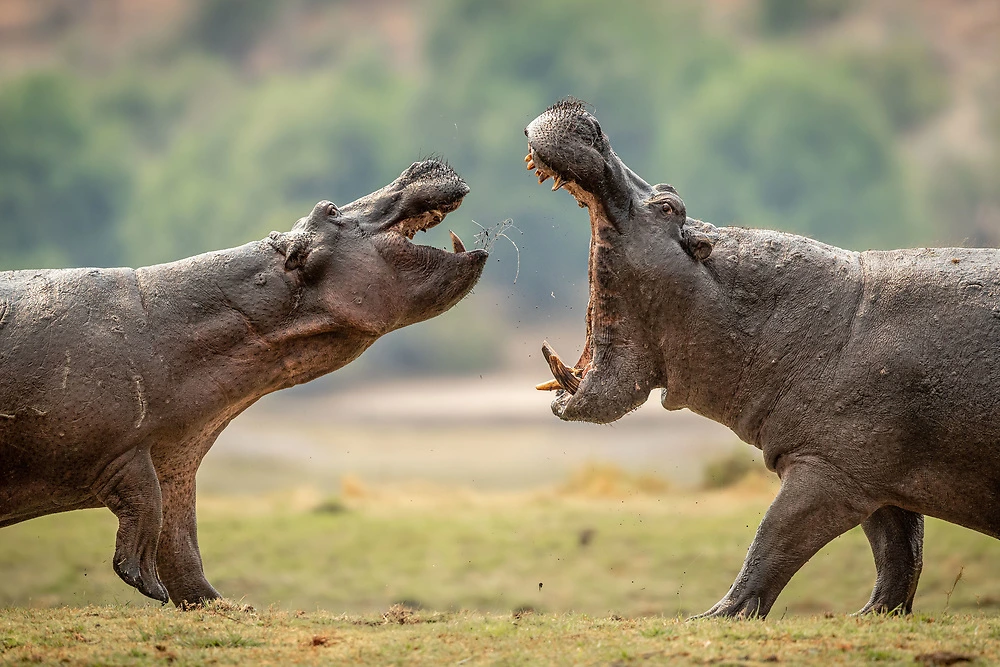
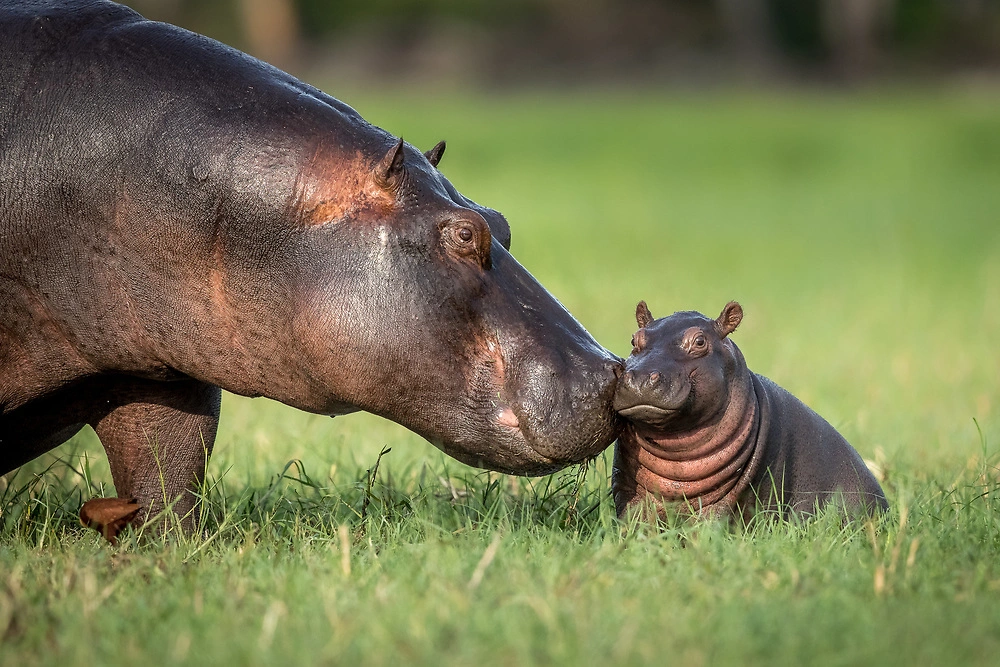
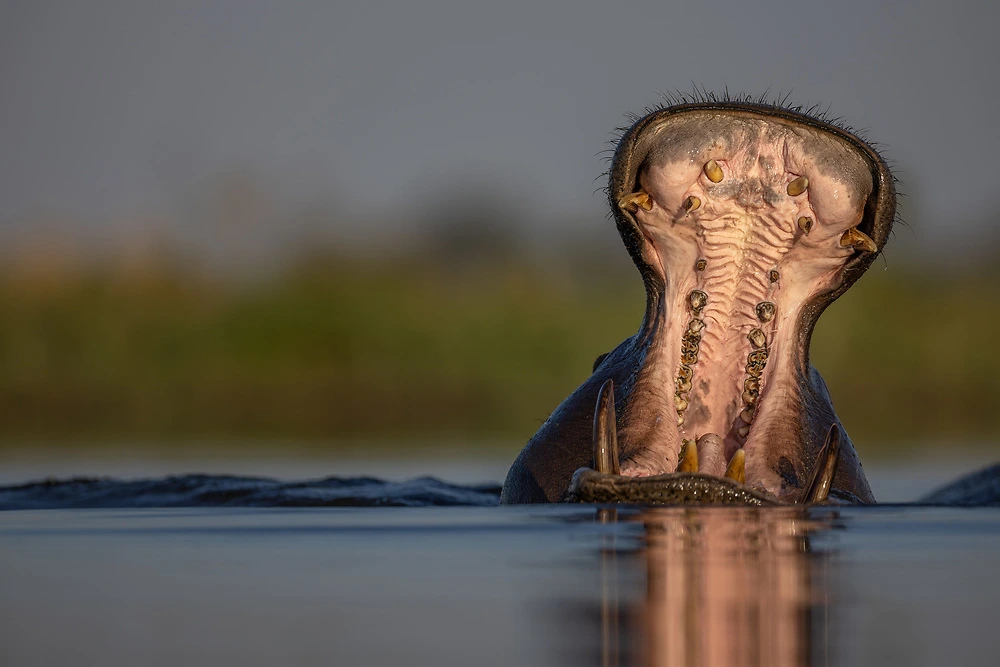
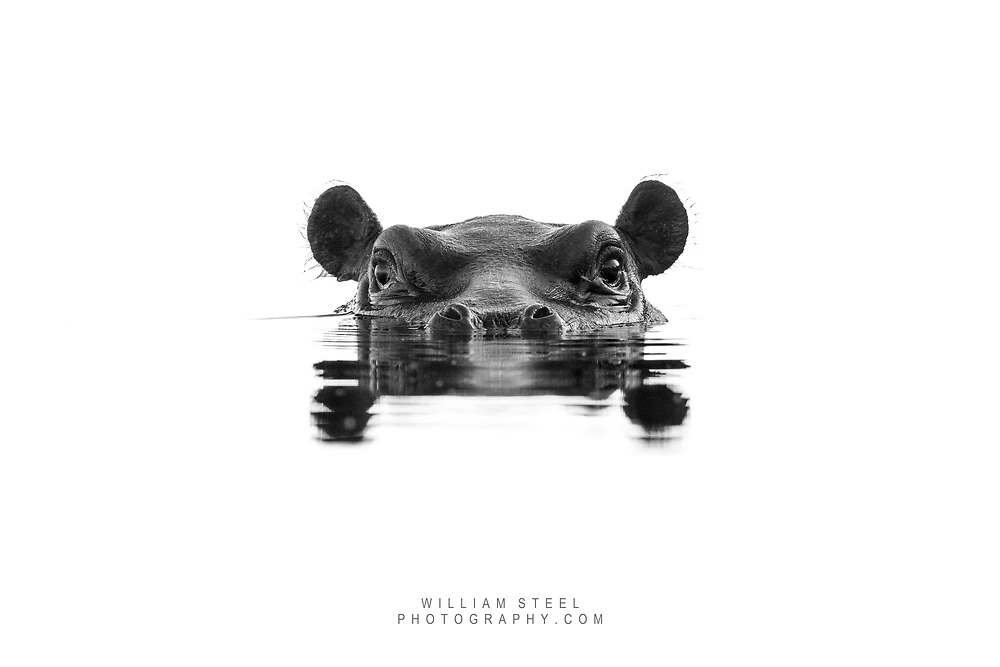
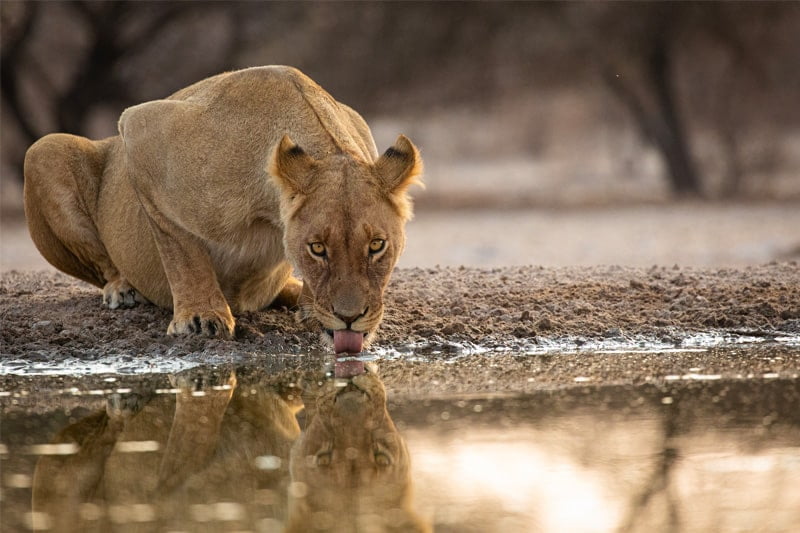
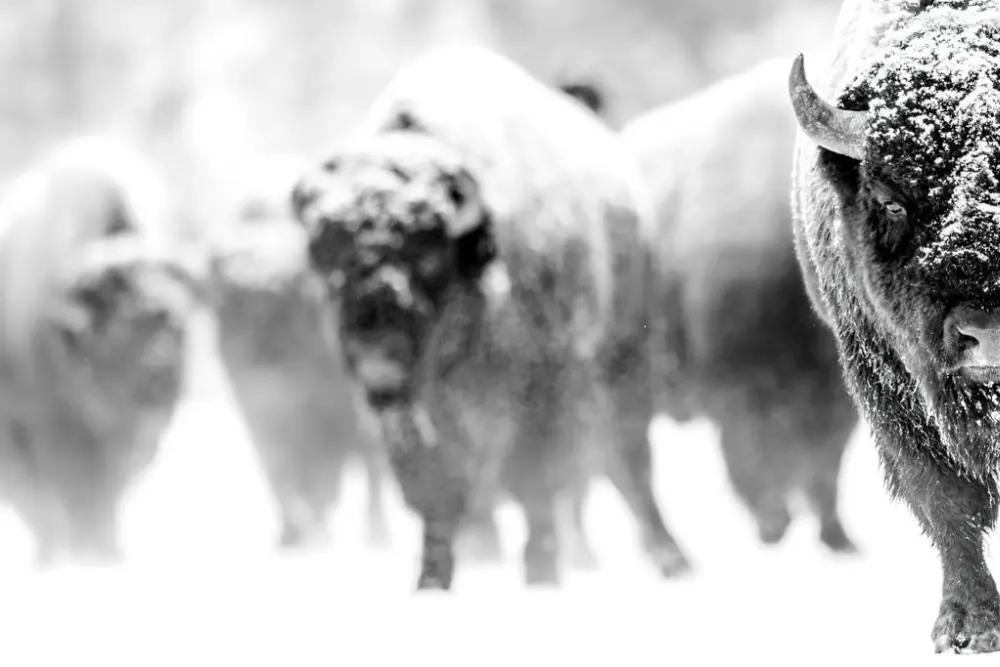
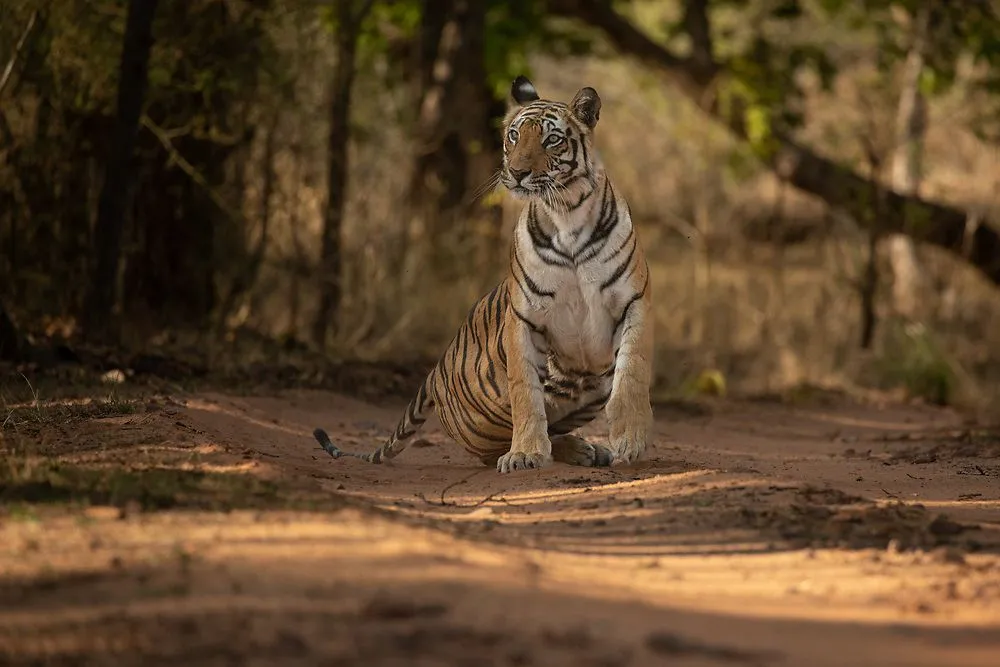
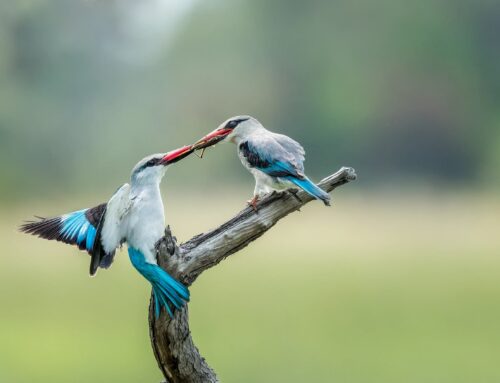
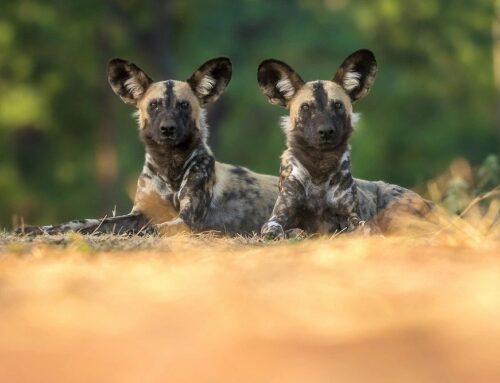
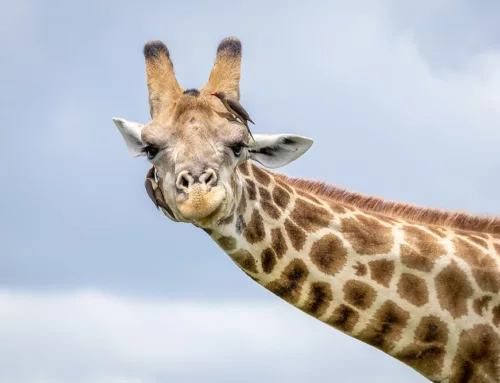
Leave A Comment
You must be logged in to post a comment.